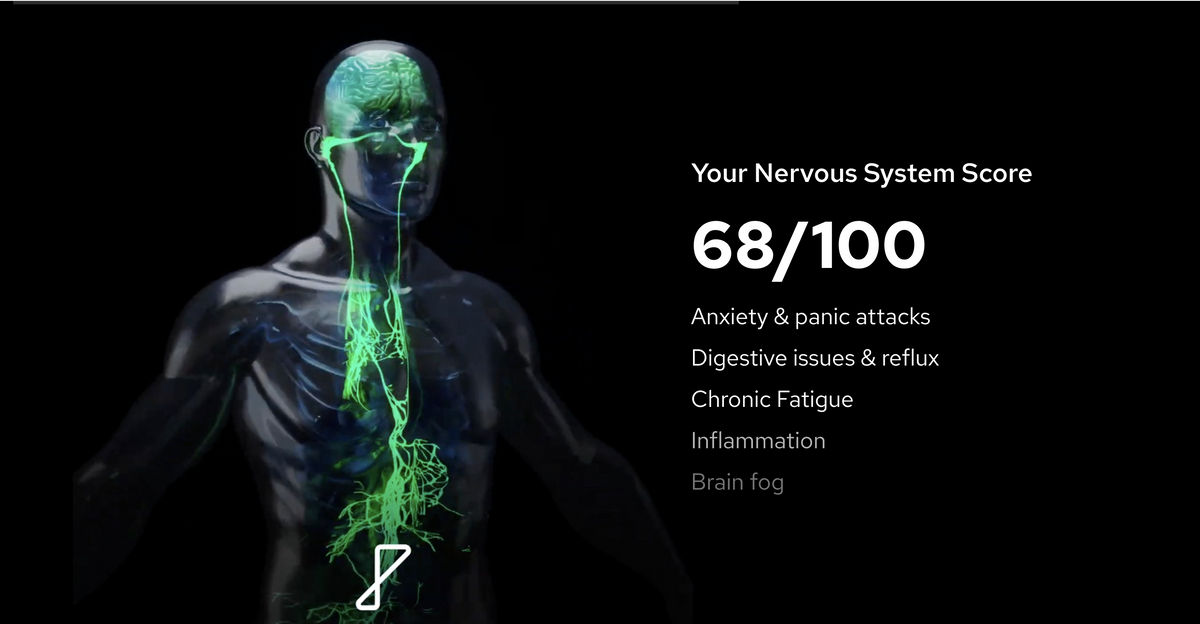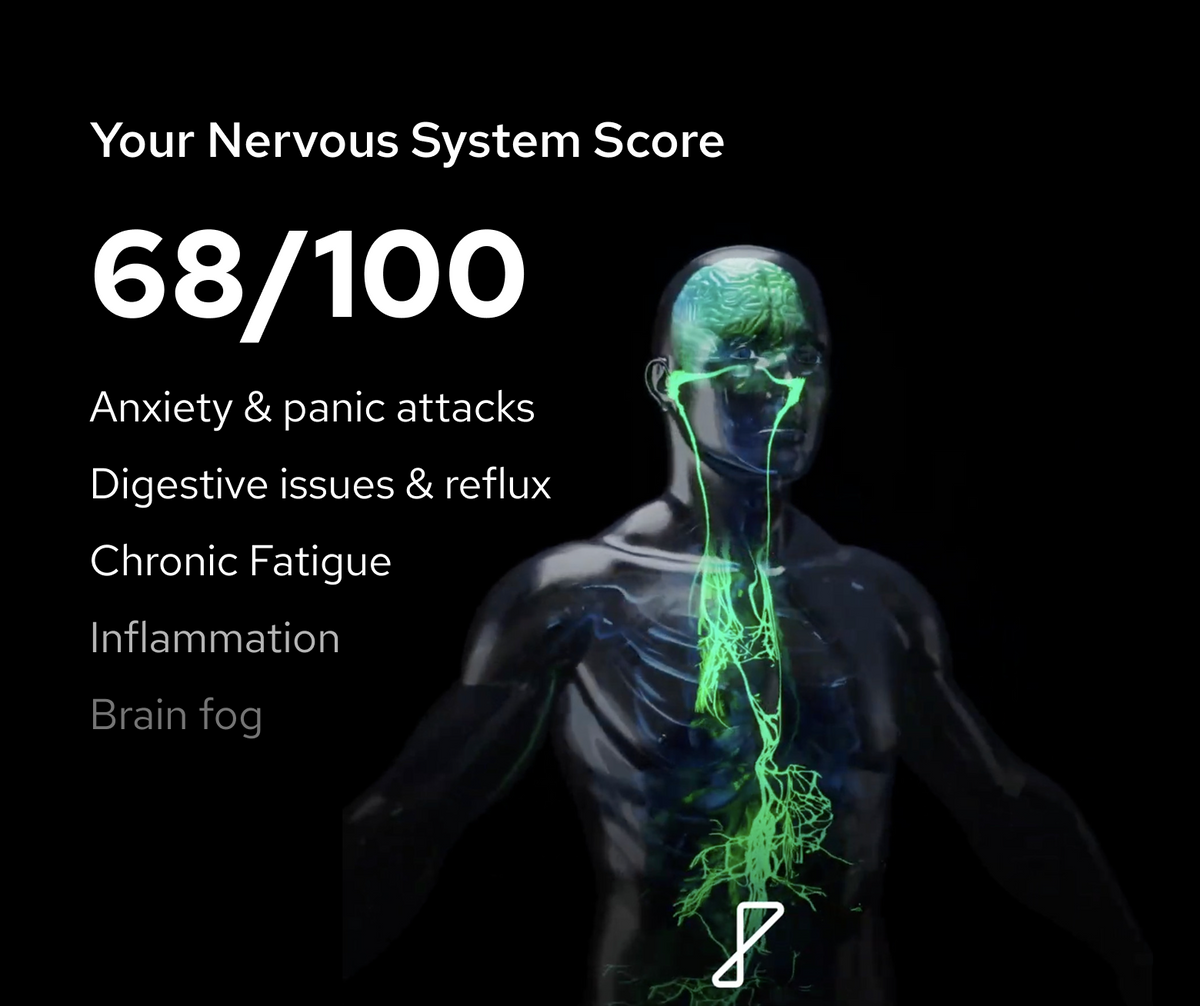The Cognitive Enhancement Potential of Neuromodulation
 |
Clinical Psychiatrist Translational Research Lead at Parasym. |
Since Hippocrates, the science (and art) of medicine has always been devoted to the care of the sick, developing its methods and body of knowledge around the concept of “disease”. Next to this therapeutic approach, in past societies preventive measures were instead promoted by religious hygienic rules, which were practically serving the goal to prevent infectious diseases and nutrition deficiencies; finally scientific medicine made a shift towards the concept of “health”, internalising prevention as a scope in what today is called preventive medicine.
The ultimate paradigmatic change has gone even further, and, if restoration of health is the necessary goal of any medical treatment, it is the enhancement of wellbeing that has now become the aspirational goal of any medical practice. This is particularly true in the field of positive psychology, where numerous strategies to augment brain function have been studied and proposed. On the other hand, in an increasingly complex information society, cognitive functioning has become the most valuable asset.
Cognitive enhancement (as well as intelligence) is a multifaceted concept and can be defined as “the amplification or extension of core capacities of the mind through improvement or augmentation of internal or external information processing systems”.
Interestingly, it was found that a great variety of interventions – such as biochemical ( i.e. nootropics, psychostimulants), behavioural (i.e. physical exercise, meditation) and physical (i.e. electric and magnetic stimulation) - can improve cognitive functions in healthy subjects. These cognitive enhancers do not only differ in their mode of action and in the cognitive domain they target – either memory, creativity, executive functions, or motivation -, but also on the time scale they work on, their adverse effects, and in how they differentially affect different groups of subjects.
Among the most novel strategies, neuromodulation techniques serve the goal of cognitive enhancement through direct action on neural plasticity. More broadly, it is interesting to report that brain stimulation techniques have conceptually found a prominent position in psychiatry research, given the new paradigm that sees mental disorders as disorders of neuroplasticity (Tom Insel, NIMH).
Next to their therapeutic applications, non invasive techniques, such as repetitive transcranial magnetic stimulation (rTMS), transcranial direct-current stimulation (tDSC) or transcutaneous auricular vagus nerve stimulation (taVNS), have become particularly intriguing in the field of cognitive enhancement for their safety profile and feasibility.
A growing body of research suggests that non-invasive transcutaneous stimulation of the auricular branch of the vagus nerve (taVNS), by applying low-level electrical stimulation to the left outer ear, may drive neural plasticity acting similarly to cervical vagus nerve stimulation (cVNS), whose action has been implicated in memory and learning.
Recent evidence shows that non-invasive auricular vagus nerve stimulation (taVNS) increases cognitive performance. A recent study conducted using Nurosym devices in a sample of typically developing young adult readers, demonstrated that targeted taVNS paired with passage reading can improve reading comprehension performance, a skill requiring both reading skills and memory.
In particular, this effect was driven by significant enhancement of learning and recall which was present in the active taVNS group, but not in the sham taVNS group

Fig 1. Illustration of the projection of the vagus nerve to key areas of the brain involved in the encoding of memories.

Figure 2. Performance on Test Questions. (A) There was a significant benefit of Nurosym compared to placebo across all test questions. (B) This effect was driven by a significant benefit of active taVNS on memory questions. (C) There was no benefit of taVNS on comprehension questions. Error bars represent standard error of the mean. * p < .05

Figure 3. Performance on Post-Training. (A) There was a trend towards greater percentage correct. (B) Retention was significantly greater with Nurosym compared with placebo. The effect was also greater with Nurosym's targeted medium frequency.

Figure 4. Nurosym had fewer reading errors per passage when compared to placebo.
Thus, we hypothesise that pairing targeted stimulation with reading takes advantage of existing neural circuitry to enhance memory for read content. Given that a vagus nerve stimulation device relies on precisely timed release of neurotransmitters such as norepinephrine and acetylcholine, we suggest that these chemicals act by strengthening existing synapses in the typically developing brain rather than encouraging the formation of new connections.
Collectively, these data suggest that regardless of age, memory consistently plays a significant role in comprehension ability. Hence, if taVNS can increase learning and enhance memory for learned items, as suggested by this data, the addition of taVNS may be considered as “cognitive enhancer” to accelerate the benefits of traditional behavioural interventions which usually require weeks to months of consistent training.
Our future research will look into the taVNS current intensity parameter, exploring systematically to optimise future clinically relevant stimulation protocols targeting different tasks.
Finally, while there is an abundance of evidence that stimulation during training is effective in driving neural plasticity, further taVNS research should compare stimulation during training with stimulation during consolidation.
Other studies further investigated whether taVNS can be a promising method to enhance learning and memory, specifically language acquisition. In particular, through enhancement of selective attention and memory recall, taVNS was found to improve aspects of reading, novel orthography acquisition and speech category learning in adults.
These results suggest that paired-taVNS induces a temporally precise neuromodulatory signal that selectively enhances the perception and memory consolidation of perceptually salient categories.
These findings have interesting potential implications for a wide range of cognitive tasks.
Conclusion
Keeping in mind that cognitive enhancement is not a monolithic phenomenon will help to address all the challenging and stimulating theoretical, ethical and scientific questions around the possibilities that new neuroscientific insights and techniques pose.
References:
The Psychonauts’ World of Cognitive Enhancers, Napoletano F, Schifano F, Corkery JM, Guirguis A, Arillotta D, Zangani C, and Vento A (2020)
Hacking the Brain: Dimensions of Cognitive Enhancement; Martin Dresler, Anders Sandberg, Christoph Bublitz, Kathrin Ohla, Carlos Trenado, Aleksandra Mroczko-Wąsowicz, Simone Kühn, and Dimitris Repantis
Improvement of memory-based reading recall using transcutaneous auricular vagus nerve Stimulation; Vishal J. Thakkar, Zoe A. Richardson, Annie Dang, and Tracy M. Centanni
Ana R. S. Martins, Felipe Fregni, Marcel Simis & Jorge Almeida
(2017) Neuromodulation as a cognitive enhancement strategy in healthy older adults: promises and pitfalls, Aging, Neuropsychology, and Cognition
Edith Kaan, Ivette De Aguiar, Christina Clarke, Damon G. Lamb, John B. Williamson, Eric C. Porges, A transcutaneous vagus nerve stimulation study on verbal order memory, Journal of Neurolinguistics, Volume 59, 2021,
Vishal J. Thakkar, Abby S. Engelhart, Navid Khodaparast, Helen Abadzi, Tracy M. Centanni, Transcutaneous auricular vagus nerve stimulation enhances learning of novel letter-sound relationships in adults, Brain Stimulation, Volume 13, Issue 6,2020,



